Rugby 18 | Xbox One | Review29/10/2017 The tough-old-bugger’s game of Rugger Union has never really received the video game it deserves. With that in mind, Bigben Interactive (Rugby 15, Rugby World Cup 15) step forward for their latest attempt at righting that wrong, with the outrageously titled Rugby 18. Scrums droop from a complete lack of antagonistic weight, too. The bind, set, engage motions are performed with the sticks or triggers, and then it’s up to you to line up a reticule with a side-to-side shifting semi-circle to drive your players forward. In principle this system could work, but it sorely lacks the guts required of the sport’s true test of strength. Mauls can feel great when you push towards the line and touchdown for a try, but just like the scrummages, you never truly get the impression that you’re in a battle. The lack of feedback in the controller across all of the aforementioned is a truly odd omission too, especially when you consider how combative a sport rugby is. Tackling is perhaps the worst offender of them all though, with players often launching themselves in the opposite direction of the action, resulting in you losing ground, or conceding a try easily. The game also seems to decide on a whim when to activate a high tackle or mistake; it never really felt like our bad timing or placement was the reason behind it. A button especially mapped to serve as the “aggression” tackle could have helped to balance these injustices, and probably would’ve pushed the fun meter up, too. Special mention must go to the wonderfully jumbled, constantly-behind-the-action commentary from Nick Mullins and Ben Kay. It won’t come as any surprise to hear that the visuals and audio on offer grade from average down to abysmal, either. Menus are serviceably basic, but the in-game player models and pitch look absolutely ancient when stacked alongside the recently released Rugby League Live 4, not to mention the Madden’s and FIFA’s of this world. The visuals take an especially large dip in the jumpy, jittery, cauliflower-ear-ugly replays, too. Special mention must go to the wonderfully jumbled, constantly-behind-the-action commentary from Nick Mullins and Ben Kay. It’s one thing for every other sentence to be fused with differing amounts of expression and enthusiasm, but Rugby 18 manages to take aural-description to new levels, with each word sounding as if it was recorded in different parts of the world, with swiftly swaying adjustments to phrasing. It is unabashedly heinous, but by jove is it hilarious to drink in. Modes are on the stingy side as well, sadly. There’s quick match in local and online flavours, league mode - potentially fun once you put the gameplay atrocities to one side - career and my squad. The latter two are Rugby 18’s attempt to do an EA Sports; you’re tasked with building a team from scratch, with the former providing some depth as you climb the divisions, and the latter providing none as you are limited to just quick matches, with no divisional structure or merriment.
So, as the hooter sounds for the end of the match, we can’t help but feel dejected. There are some reasonable crumbs hiding amongst the rubbish, with many licensed club and international teams, a weekly challenge mode, an excellent quiz mini-game in the loading screens, and reasonably girthy league and career modes, but the frequently dross gameplay takes hold early on, snuffing out enjoyment any time you catch a faint whiff of it. With that in mind, folks, take our word for it: punt Rugby 18 into touch. Pros
Cons
3/10 Destiny 2 | Xbox One | Review27/10/2017 When the original Destiny was announced, expectations were high. Activision was keen to lay out the legacy of their and Bungie’s project for the next decade, before anyone had even decrypted a single engram. Now, four years in, the franchise has established itself and Destiny 2 launches not only on console, but also on PC. Is the sequel a fresh new chapter in this saga, or just more of the same? Bungie’s mastery over gunplay remains on point. You still do your slaying as one of three character classes, but the choice doesn’t slam shut as many doors as you might expect in terms of playstyle and items. There are subclasses too, meaning you can work your way towards a character who has perks to match how you enjoy playing the game. As there are only 20 levels to progress through before it all becomes about your Light level - boosted by acquiring better equipment, as in the first game - the skill tree is deliberately basic, which serves to keep things straightforward and accessible for new players. Jumping into the world of Destiny at this stage could be intimidating - all that lore and story to catch up on, right? In fact, other than a nice touch which sees your Guardian’s past exploits recounted over a series of splash screens at the beginning of the game, complete with dates and who you completed missions with, the original feels like a non-essential prologue. Playing alone is all well and good, though you’re still very much encouraged to venture online with friends. When it comes to Raids, however, that’s absolutely required. These major set pieces see you team up in order to tackle the most devious puzzles and gargantuan enemies Destiny 2 has to offer; they’re the pinnacle of the Destiny experience, though barriers to entry mean you won’t get to enjoy them until you’ve been playing for a while. It’s at least a testament to the game’s flexibility that it can feel like you’ve had a substantial gameplay experience from the campaign alone, leaving it up to the player whether or not they engage with the endgame content. There’s a lot of depth to explore if you do choose to stick around, not least in gathering the coveted Exotic items and upgrades, which are outstanding weapons and armour pieces that can only be equipped sparingly. You’ll likely want to kit yourself out with these before getting competitive in the enjoyable PvP modes. It can feel like you’ve had a substantial gameplay experience from the campaign alone, leaving it up to the player whether or not they engage with the endgame content. Now that the initial hype for the game has slightly died down (and on that note, sorry for the delay), Destiny 2 is free to impress you on its own merits, holding your outstretched hand considerately, but firmly, to pull you into a world which asks as much as you’re willing to give.
If this is a game you’ll play for the odd hour, then there’s an excellent campaign to enjoy in its own right, but if you’ll be sinking hours at a time for the foreseeable future, that will work just as well. One side effect of this is that it’s difficult to feel that you’ve experienced everything the game has to offer, whichever camp you’re in, but more content is good content when it comes to the Destiny framework. In the end, if you have any attachment to RPGs, MMOs, or, most specifically, FPS games, you’ll definitely find something to latch onto and enjoy in Destiny 2. Beyond that base level of pure enjoyment, the rest is up to you; if you give the game the chance, there’s far more substance here than you might first assume, presented more beautifully than ever before. Pros
Cons
9/10 Rogue Trooper Redux | Xbox One | Review26/10/2017 A remaster of Rogue Trooper, Rebellion’s 2006 shooter based on the 2000 AD comic of the same name, Redux brings the visuals right up to date, but how has the passing of eleven years and two console generations come to impact the gameplay? The in-game encyclopaedia reveals that so much more could have been done narratively, with a lineage of engaging comic book lore to draw from. Linear levels offer a decent amount of elbow room, which, combined with your range of weapons and abilities, allows for some freedom of approach. A fairly robust stealth system can see you equip a silencer and snipe distant targets, then make use of cover to sneak in and mop the stragglers up with melee kills; whereas running in guns blazing from the hip, lobbing explosives every which way, is just as valid an option, thanks to a forgiving level of difficulty and AI that obviously graduated from stormtrooper academy. As ever, perhaps the most entertaining approach is a hybrid of the two, for example, deploying your rifle as a stationary turret before using a holographic decoy to lure enemies into the trap, then slipping away courtesy of your manufactured distraction. However you might choose to play, being able to craft generous amounts of resources with gathered salvage ensures you can keep stock of your favourite ammo types and continue to enjoy the game as you see fit. Back in its day this was pretty innovative design, which has helped Rogue Trooper preemptively ensure its gameplay is still satisfying today, meeting modern standards and even being reminiscent of a more rudimentary Sniper Elite 4. Some sharp visual upgrades and a solid technical performance, outside of a rare few hitches, help to modernise the areas that haven’t aged as well. That said, mod cons like a weapon wheel, sprint function, and the ability to shoulder swap would have been very welcome additions. A toggleable cover option would have helped in countering the sometimes overzealous automatic system, whilst we’d have also liked to disable assisted aiming, regardless of its significance to the character. Implementing these simple quality of life tweaks could have elevated the experience on the whole. Innovative design helped Rogue Trooper preemptively ensure its gameplay is still satisfying today. The campaign likely won’t see you past the six hour mark, cutting off before the samey string of levels start to take their toll, meaning it falls to the multiplayer suite to hold your attention in the long term. Unfortunately, it most likely won’t. There’s no competitive play on offer, just co-op, and only two modes with a sparse few maps between them. Progressive tasks players with completing an objective before the team’s shared pool of lives runs dry, while Stronghold is a horde mode in which you’ll need to survive for the allotted timespan. There are three instances of the former and two of the latter, which are also playable solo, but getting through everything either on your lonesome or with friends won’t take long at all. When you also factor in the barren matchmaking and an ill-considered achievement for killing a teammate, leading to shots in the back, the online offering becomes somewhat throwaway.
Rogue Trooper Redux’s budget price point helps to offset the relative content drought, though what’s here is good ol’ fashioned fun that, for the most part, feels current, rather than dated. Having laid the groundwork for a sequel eleven long years ago, Redux feels like Rebellion testing the waters to see if there’s justification to finally make good on a second trip to Nu-Earth, which in itself is reason to support this remaster, as that could be something special. Pros
Cons
7/10 Hellblade: Senua's Sacrifice | PS4 | Review21/10/2017 Developer Ninja Theory promised that Hellblade would bring about the resurrection of the independently made AAA game, and after fighting through the darkness, demons and sheer audiovisual trickery on offer in Senua’s Sacrifice, we can’t help but praise their achievement. Perhaps the best example of this comes early on, in the excellent Valravyn’s Keep section. To reach the winged bossman himself you’ll have to gaze upon his landscape through special gates. Look and walk through it one way to visit previously hidden areas, complete the vital tasks therein and head back through the same gate to see the landscape in its initial form. This is one of the many fabulous visual tricks on show in the game, that really help to further place you in Senua’s mindset, making you question your own sanity. The combat is, as you might expect from a developer with a rich pedigree in the area, crunchy, satisfying, and, in this instance, wonderfully rhythmic. The controls are easy and intuitive too: one button each for a light, speedy attack, a heavy, sluggish attack, a guard and an evade move. Timing really plays a part here, in a way that reminded us of the Guardian battles in Breath of the Wild, or the more obscure 3DS game Hana Samurai. Block at the right moment and the game slows down, leaving you time to counterattack. Good timing also allows you to use your focus (right trigger), which not only slows down enemies, but also unmasks those blighters hiding in the shadows. It would be an understatement to say we enjoyed the fighting in Hellblade, especially once we gained the ultra-powerful, aqua-glowing Gamr sword. Undoubtedly though, the stars of the show here are the visuals, binaural sound design, and wonderful motion captured performances from the cast. We found it impossible to rush through the game, as every so often there’s a massive change in location or style that prompts pause to take it in. The lighting really is a dream, swaying both the player’s and Senua’s mood on a whim. It’s hard not to be in awe when darkness and depravity swiftly melt into glorious sunshine, vibrant fauna, soaring mountains or crashing oceans. Personally, I’d go as far as to say that this is the most effective use of lighting I’ve seen in a video game. You can’t underestimate how effective it is when Senua’s inner voices blend and swish around the headphones, helping you to understand what it must be like for someone suffering from psychosis. Cast performances have been gloriously rendered, really showcasing the gravitas of the story. Melina Juergens shines in her acting debut, her gutteral screams, whispers of confusion and range of facial expressions perfectly portraying Senua’s fragile state of mind. Elsewhere, a special mention must go to Nicholas Boulton, the man behind Druth, Senua’s rather vocal friend. Druth gives Senua advice along the way, and also regales the player with tales of Sigurd, Ragnarok and the Norse Gods every time you find one of the rune stones scattered across the gameworld. His voice is Scottish wonder, and we miss hearing his tuneful expression now we’ve completed the game. Binaural (3D stereo) sound employed during the course of the game is yet another watermark in quality. You can’t underestimate how effective it is when Senua’s inner voices blend and swish around the headphones, going some way in helping you to understand what it must be like for someone suffering from psychosis. For us, that really makes the difference, placing Hellblade as the formative game to tackle mental health. Hellblade’s brooding, intense music also gets a nod from us. The way the intensity rises and plummets, and combines with the visual trickery, is just pure magic. Unfortunately, the mood is spoiled at the end of the game with an absolutely mediocre, out-of-place stinker from band HNV Nation, though. As fantastic as the game is, there are still a few issues that prevent it reaching heavenly greatness. We found certain objectives - such as the repeating perspective-based rune puzzles - became a tad repetitive as we reached the conclusion of the story. This is a real shame, as the concept itself is fantastic - another puzzle type in the mix would’ve prevented this fatigue. Battles towards the end can also feel rather unbalanced, especially the fight against the hell beast Fenrir, and the bridge scrap against the Northmen. The former takes the lighting trickery one step too far, plunging you into a darkness so black that only the rumble from your controller can provide clues to his whereabouts. In principle this is genius, but it just doesn’t quite work out. The latter drops you on a bridge far too gaunt for the amount of sword-wielding bastards on it, resulting in many unfair deaths. It’s a real shame then that these two slobberknockers rely on cheap tricks to ramp up the difficulty.
So, as we reflect on our journey through Hellheim and Senua’s mind, we can’t help but be hugely impressed with what Ninja Theory have achieved. The stunning performances, visuals, binaural sound design and all ‘round trickery carry a brave story about mental illness and mythology unlike any other game before it. It may be on the short side, and lacking in replayability, but it’s an independent AAA production at a budget price, and an experience so effective and involving that we implore you to go and check it out for yourself. Pros
Cons
8/10 The Evil Within 2 | Xbox One | Review20/10/2017 2014’s The Evil Within was renowned game director Shinji Mikami’s spiritual successor to the classic Resident Evil titles of his creation, so, with the seventh instalment of Capcom’s horror series successfully returning to its roots earlier this year, The Evil Within 2 needed to evolve to garner attention. Thankfully, that’s exactly what happened: TEW 2 improves and expands on its forebearer in almost every way, making for a great example of a sequel done right. The Evil Within 2 improves and expands on its forebearer in almost every way, making for a great example of a sequel done right. While perhaps a little difficult to wrap your head around initially, STEM’s alternate reality is a fantastic means to remove all barriers and let The Evil Within’s design run riot. You’re relentlessly shown exciting new visuals, bolstered by HDR compatibility, all of which are so considered in their grotesquery that they achieve a morbid beauty. Just as you wouldn’t generally link beauty and brutality, The Evil Within 2 revels in making further juxtapositions feel natural next to one another, be that in reality-based and abstract settings, affluence and dilapidation, or low and high technologies. This serves to complement another of the game’s villains, the artist Stefano, a character that has more than a little in common with BioShock’s fantastic Sander Cohen, complete with his very own Fort Frolic. Using human flesh as his canvas, you’ll bear witness to many of his works, and, somewhat disturbingly, very likely stop to calmly admire them with the fitting accompaniment of an original (and excellent) classical music track. Having gone quasi-open world, the game’s two truly sandbox areas (one of which is cheekily recycled as a faux third) are, thankfully, packed with exciting and significant optional activities. Compliments for open world design are thin on the ground these days - we, along with many others, have grown tired of the map-filling, tedious brand of busywork many games have come to rely upon. The Evil Within 2’s unique boss encounters, side missions, collectibles and secrets put that issue to rest however, maintaining consistently high quality whilst also serving to fill in the wider narrative and bridge the three-year gap between instalments. This makes scouring the crumbling streets of Union a thoroughly enriching experience, akin to exploring Batman: Arkham City for the first time. STEM’s alternate reality is a fantastic means to remove all barriers and let the The Evil Within’s design run riot. You’re relentlessly shown exciting new visuals. What’s more, especially if you up the difficulty to Nightmare, this nonlinearity sees the survival element begin to shine. You might clamber onto a rooftop and use your sniper scope to scout a location in the distance, spotting a tempting loot pile surrounded by enemies before weighing whether or not it's worth pursuing; perhaps you then make some supplies via the simple new crafting system, these convincing you to head in with stealthy intent. You’re spotted. An unnerving chase begins, more and more enemies emerging from all directions, drawn by the ruckus, as you narrowly avoid an incoming swipe and hurriedly slip into the nearest safehouse, breathing a heavy sigh of relief as you stand, shaken, behind the boundary door. That’s just one example of the many possible, and quite memorable, self-contained stories The Evil Within 2’s emergent gameplay can facilitate, in much the same vein as State of Decay. Frequently breaking away from the open areas for more linear main story segments, as well as trips through a series of tunnels called The Marrow, had us longing to return at times. This feeling isn’t helped by the fact that these sections occasionally force either open combat or stealth on the player, rather than leaving them to choose their own method of approach. Both play styles are at least engaging, with a highly customisable loadout of loud, punchy firearms and a versatile tactical crossbow making up the bulk of your offence, while conventional-but-satisfying hidden melee kills and a slightly dodgy cover system mostly comprise the sneaky side of things. Having a sizeable arsenal at your disposal unfortunately relieves many of the malformed cast of enemies of their scare factor; provided you’re actively scavenging for resources, you’ll never be in any desperate need for either ammunition or medical supplies, even on the hardest difficulty setting. Throughout a playthrough, which should last around twenty hours, ways to manipulate the dopey AI and reliably spot enemies lying in ambush also become apparent, further tipping the odds in your favour. Other than some great late game boss encounters, The Evil Within 2 gradually leaks horror until there’s little left to be scared of; this might be either welcome or disappointing, depending on how much you like sitting in your own leakage. Maintaining the first game’s body burning mechanic - which saw enemies have the potential to spring back to life if their corpse wasn’t ousted using a limited supply of matches, à la the Resident Evil remake - would likely have helped the game remain more engaging on that front, however.
All in all, despite a weaker second act by comparison to the superb first, The Evil Within 2 is a mechanically gripping game. It’s a sophisticated mix of old and new, along with Western and Japanese influences, thanks to its diverse development staff. A considered audiovisual feast that, in a year where Resident Evil 7 convinced us first-person perspectives and VR were the unchallenged future of survival horror, compellingly challenged that notion. Pros
Cons
8/10 There's a reason Monolith’s Shadow of games don’t have The Lord of the Rings in their titles. You might assume that the brand recognition of Middle-earth alone (playfully aped in The Lego Movie as Middle Zealand, after all) is enough to sell a franchise – even one building on a successful debut with Shadow of Mordor back in 2014. In fact, the thing to take from Middle-earth: Shadow of War’s title is that it’s about Tolkien’s world more than his established characters. Shadow of War takes cues from the likes of The Witcher 3, Assassin's Creed and the Batman: Arkham series. This shared goal, coupled with the events of the first game (which aren’t thoroughly recounted), have seen the pair form a bond and now forge a new Ring of Power; one unknown to and uncorrupted by Sauron’s influence and filled with the power of Celebrimbor’s wraith form. It's here we meet the first diversion from established Tolkien lore, which predictably invited controversy during the game’s development. The Great Spider Shelob (encountered by Frodo and Sam in The Return of the King) is depicted as a more ethereal being which generally takes the form of an attractive woman, rather than a hairy arachnid. While it makes it easier to relate to the character, the depiction does seem unnecessarily sexualised and doesn't do much to make her compelling as a somewhat bystander in the story. Nonetheless, she’s called on to drive the plot forward with Galadriel-esque visions. It must be said that the main characters in general are fairly uninspiring, despite the extremely cinematic and often epic presentation of the action unfolding around them. While Troy Baker's voice work as Talion fits perfectly, the warring sides of one being (himself and Celebrimbor sharing a body) can be akin to a married couple bickering, rather than two strong personalities arguing over fundamental disagreements. Their conflict isn't nearly as engaging as the world they occupy. A big part in making this take on Middle-earth compelling is the Nemesis System, which returns to bring enemy captains to the forefront. The process often starts with interrogating a 'worm’ (a lowly orc) to gain intel on a captain's weaknesses, which will help you to defeat the boss-type characters in more convincing fashion. Later you can send death threats to achieve the opposite effect, boosting their level to heighten the challenge and thusly reap greater rewards. A big part in making this take on Middle-earth compelling is the Nemesis System, which returns to bring enemy captains to the forefront. What isn't clear is just how unique these characters are to each player. Will one maggot-infested captain who came back to life multiple times to taunt us appear in other games? Or is there a complex system of procedural generation at work, weaving in these memorable encounters on a somewhat user-by-user basis? Either way, you can bump into the edges on occasion when you come across the same voice actors depicting multiple foes, but adding a personal touch does make these duels more exciting. Especially when three or four gang up on you at once and present an almost overwhelming challenge, the brutes then being promoted while taunting you on their victory should you fall. The general orc populous are fairly obedient in only attacking one or two at a time, plus they’re either unwilling or unable to interrupt most cinematic actions like execution kills or draining the life out of grunts to regain health. Challenge comes in facing sheer numbers - which are now more common with the introduction of large-scale fort battles - though they can often be whittled down before entering open combat by engaging with the forgiving stealth system, which incorporates instant melee kills and a silent ranged bow (along with plenty of flashier abilities acquired through an upgrade tree). Shadow of War’s world is separated into different regions, all with their own crop of captains to work through, missions to tackle and collectables to pick up. Looking at the world map brings back the Assassin's Creed comparisons - comparisons to Ubisoft games in general, really - as you're often unable to clear the map of its many, many symbols. Enemies also respawn fairly constantly, meaning there's only limited satisfaction in cleansing an area of filthy orcses. In the end, Shadow of War is a great game let down by drawbacks which range from nagging to difficult to ignore. The sheer number of systems and sub-systems alone mean you're still being introduced to new mechanics and working out how the game works long into the second act.
If you relish the thought of jumping back into Tolkien’s world, Middle-earth: Shadow of War is a no-brainer; there's hours of exciting entertainment to be had. Ultimately though, there's an inevitability to where the story is heading, making it difficult to feel that you're the catalyst for any great change in a world on the brink - but perhaps that's the point. Pros
Cons
8/10 SNES Mini | Hardware Review7/10/2017 For many people, ensuring that a SNES Mini - or Nintendo Classic Mini: Super Nintendo Entertainment System, to give the pint-sized console its ten-gallon title - ended up in their possession on launch day no doubt involved a considerable amount of time and effort, despite Nintendo’s promise that it would be shipped in far greater numbers than its predecessor, the NES Mini. The SNES Mini is undeniably a cool piece of kit, perfectly scaling down its source material into a console that fits right in the palm of your hand. Instead of restarting the console, hitting the reset button on the Mini allows you to save the game you’re currently playing at any point. It’s hardly ground-breaking stuff in this day and age, but incredibly useful when playing older games that lacked this type of feature. There’s even the ability to rewind a few seconds and undo your mistakes, a very welcome addition considering the challenging, life-limited nature of early ‘90s gaming. We were also pleased to find that the classic design of the gamepad has stood the test of time, and is incredibly comfortable to hold and use; plus, there’s two included in the box, so you’re couch co-op ready from the start. These aren’t plugged into the original ports anymore, with the two new connectors hidden behind a plastic cover, but, much like on the 2DS XL, Nintendo have disappointingly gone with a cheap flexi-plastic instead of a proper hinge. Around the back there are micro-USB and HDMI ports - in other words, everything you need to connect the console to a modern television. For some reason however, Nintendo only provide a USB power cable, not the actual plug adaptor; if your TV has a spare USB port, or there’s one on a nearby device, you’re all set, but otherwise you might face an additional small expense in getting up and running. As for the games on offer, the mileage you get out of them really depends on their ability to tickle your nostalgia gland. For us, it’s easy to forgive the rough edges and simple gameplay mechanics of titles like Super Mario Kart and Donkey Kong Country when their menu music alone is enough to bring some of our happiest memories flooding back, but, on the flip-side, games such as Earthbound and Secret of Mana – two titles held in high regard by many – felt extremely underwhelming simply because they played no part in our formative gaming years. Including everyone’s favourites was always going to be a difficult, if not impossible, task (we’re particularly sad not to see Turtles in Time, Super Bomberman or Super Smash TV included), but there’s undoubtedly enough variety here that you should be able to find something to keep you entertained. If you’re looking for recommendations, the excellent Star Fox (or Star Wing, to us Europeans) and The Legend of Zelda: A Link to the Past are two titles as enjoyable today as they were when they released so many years ago.
There are, of course, other ways to access these retro games. Emulators have been knocking about for years, allowing people to download and play thousands of classic titles across a variety of platforms for free, as opposed to the comparatively paltry 21 found on the paid SNES Mini. While this might sound damning, sheer novelty value, plug-and-play simplicity, the convenient rewind function and original controllers make the Mini a much more appealing way to play. Throw in classically Nintendo presentation, like the colourful home screen and its catchy, retro-styled background music, and the two experiences simply don’t compare. Even the issue of playing in a 4:3 aspect ratio on modern, larger screens has been handled quite eloquently, with a range of coloured borders provided to brighten up the negative space, some of which merge surprisingly well with gameplay, especially in Star Fox 2 - a game that previously hadn’t seen release, so expect more from us on that front. While it would have been nice to see more proper two-player games on offer, and not just the ‘take it in turns’ method used in Super Mario World, the SNES Mini is incredibly easy to recommend. Whether you’re a collector, an old-school gamer looking for a nostalgia trip, or a newbie looking to experience a portion of gaming history for the first time, if you can avoid the scalpers and pick one up for its RRP (£79.99), you’re getting a great little machine that lets you play some of Nintendo’s best titles easily and efficiently. Pros
Cons
The original LEGO Star Wars was a breath of fresh air when it released back in 2005, but as its blueprint was reused year-on-year the LEGO series began to shed its new-brick shine. Having taken a lengthy break as a result, returning to find that familiar formula turned on its head was a very pleasant surprise. The writing, voice performances and visual design are infused with a characterful LEGO flair and knack for slapstick humour that makes the NINJAGO universe immediately likeable, even to the totally uninitiated. The more you play, the more satisfying the combat gets, as you progressively unlock Ninjanuity tokens used to purchase upgrades from a skill tree. All in all, there’s actually some decent, if simplistic, spectacle fighting here - kids especially will adore the busy visual effects and flashy finishing manoeuvres. They’ll undoubtedly enjoy piloting transforming Mechs in explosive rail-shooter sections as well, though there’s less here for adults to enjoy. While visually impressive and an occasional welcome change of pace, the shooting is underwhelming when you’ve been spoilt by dedicated shooters. The LEGO NINJAGO Movie Video Game is far from a cynical cash-in, evolving the LEGO game formula in significant ways to make for an action-adventure that stands up on its own. There are still some familiar foibles here, plus loading takes an age, but the improved mechanics and glut of engaging activities make it a blast whether you’re playing solo, in local drop-in/drop-out co-op, or competitive local multiplayer.
Pros
Cons
8/10 PES 2018 | Xbox One | Review5/10/2017 It’s that time of the year again, chums, as the smell of fresh-cut grass, drink-driving scandals, early managerial sackings, and fair-day's-work-for-a-fair-day’s-pay all combine to create the lopsided world of professional football. The new season brings with it the age old autumnal conundrum: FIFA or PES? We’ve gone in two-footed to bring you back a real piece of Pro Evolution Soccer 2018 to help answer that trickiest of questions.
From our first moments on the pitch, the sumptuous weight and control of the passing system wooed. Simple, slower balls across the back feel grand, one-twos speed play up beautifully, and crosses whizz off the boot of fair wingers and fullbacks. Holding down the left trigger also engages the full manual passing option, where every completed through-ball will fill you with sheer bliss. You can add the glorious shooting to the celebratory pile-up, too. Just like the passing, the length of your button press provides control or power to your shot perfectly. Long range drives are Phillipe Coutinho levels of wonderful, side-footed strikes into the corners provide maximum satisfaction, and cheeky glanced headers raise a smile every time they hit the back of the old onion bag. Honestly, FIFA doesn’t even make the Europa League places in passing and shooting compared to PES’ title-winning efforts. Defending is a slightly different matter, mind, as the simplistic pressing system prevents the more aggressive defensive tactics that we like to employ during our FIFA sessions here at PTC towers. Holding the pressing button down often leads to attackers easily waltzing around our midfielders and defenders, which proves frustrating. It’ll come as no surprise then that we prefer FIFA’s turn-and-face, show him down the touchlines defensive configuration. As a result the gameplay is flawed, though still mainly great, but what about the breadth of options on offer? Those that have played any of the last few iterations of the game will be pleased to see familiar favourites like Become a Legend (take one player from amateur to super stardom), Myclub (PES’ attempt at FIFA’s all-conquering Ultimate Team mode) and online divisions return. Legendary single-player campaign, Master League, is still an enjoyable timesink, even if the AI are easier to beat than that of EA Sports’ game (we’ve found 4-4-2 and lots of crosses into the box wins most games). It all comes together to provide a varied and sumptuous banquet of gameplay, easily supplying you with your money’s worth. This year’s instalment looks pretty good to boot, with mostly accurate facial models for the biggest stars moving splendidly across the pitch. Goalkeeping animations have notably improved too, which importantly also boosts the actual quality of the stoppers. If Konami pull their finger out and sort the presentation of menus, kits and logos, tighten up at the back, and fix that rancid commentary, we can see PES 2019 mounting a real title challenge. Perhaps the real winner here though is the lighting, where gameplay is put well before realism. We can’t tell you how many times we’ve struggled to pick up the ball because of stadium shadows, weather, or clashing kits in FIFA, as EA strive for Sky Sports-like presentation, but, thankfully, that never happens here. Whether you play during the day or under lights at night, you’ll see every bit of action clearly in PES 2018. As the stoppage time boards go up, we find ourselves focusing on the positives from PES 2018’s performance. If Konami pull their finger out and sort out the presentation of menus, kits and logos, tighten up at the back, and fix that rancid commentary, we can see PES 2019 mounting a real title challenge. This year though, they’ll just have to settle for a Champions League place.
Pros
Cons
7/10 Blast Out | Steam Early Access | Review2/10/2017 Blast Out, formerly known as RUiN, was inspired by popular Warcraft III mod Warlock, which, in turn, inspired 563 fans to pledge just over £10,000 to successfully fund it on Kickstarter. Considering that budget’s missing a few digits on the games to which Blast Out draws comparison, this vibrant battle-arena brawler is shaping up well. Fast paced, action-based combat sees ranged spells perpetually flung and dodged in an isometric dance of death that marries Super Smash Bros. and SMITE. Despite the accessible controls and aesthetic, there’s really a lot going on beneath the surface, so it’s unfortunate that you’re left to learn lessons in actual multiplayer matches and feel like you're letting the side down in the process. Though there are simple, to-the-point text tutorials that put forward the basics in slightly broken English, they don’t quite prepare you for the reality of putting everything into practice during a frenetic combat situation. Thankfully, the fledgling community is nothing less than accommodating, encouraging new players rather than bearing ill will. Bot matches would regardless be a welcome addition to the final game, if only to provide an alternative to waiting out the often lengthy matchmaking process. Blast Out’s still in alpha phase, with developer Tarhead Studio looking to expand the game together with the community over the next six or so months until final release. They’re even open to transitioning to a free-to-play business model if there’s call for it, which wouldn’t be a stretch, as the groundwork is laid with loot boxes and ingame currency already dictating your access to gear, just without microtransactions as an optional means to speed the earning process up. An asking price of just £9.99 and the promise of rewards for early adopters in the event that this happens should help negate any potential sting in the tail. The very solid foundations of a game are here, though there's still a lot more to erect around them and a few building faults to smooth over. We have faith Blast Out will get there however, not least because Tarhead have already done the hardest work in nailing the fundamentals down to create an Early Access product that’s visually and mechanically rich, with balanced gameplay that calls for hard-fought, nerve-shredding matches. If you can accept the few caveats that come with the current build, Blast Out is a rare Early Access game that we’d recommend grabbing now, in place of exercising caution and waiting to see how the final release shapes up.
Pros
Cons
Verdict |
READ MORECategories
All
Archives
December 2023
|
Pass the Controller |
|
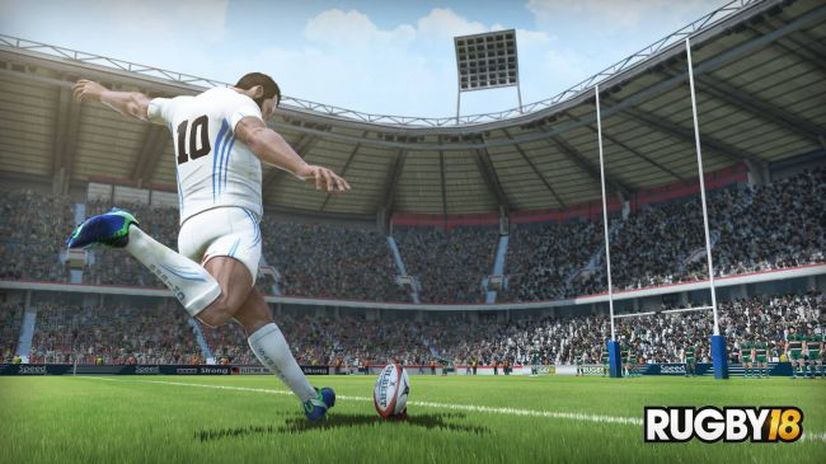



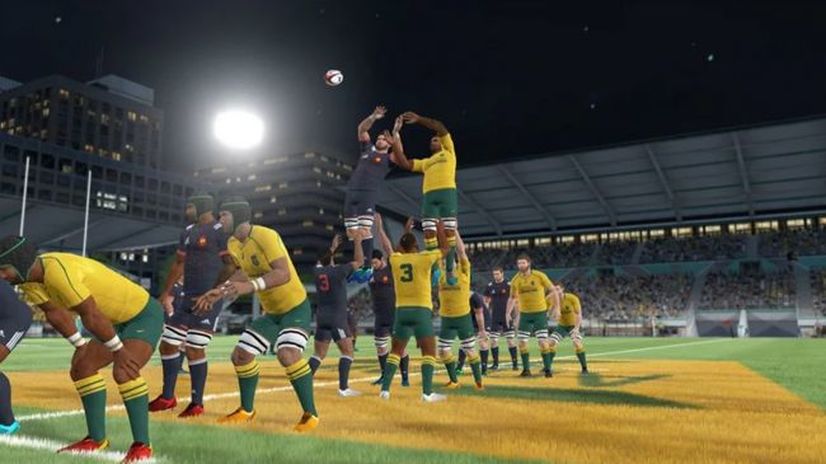

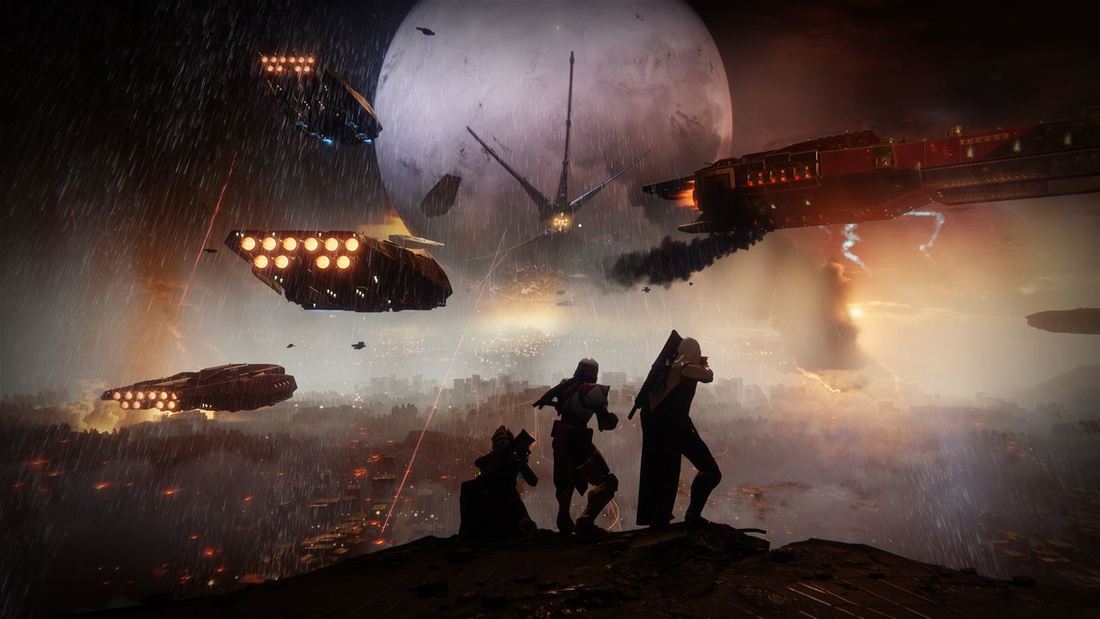


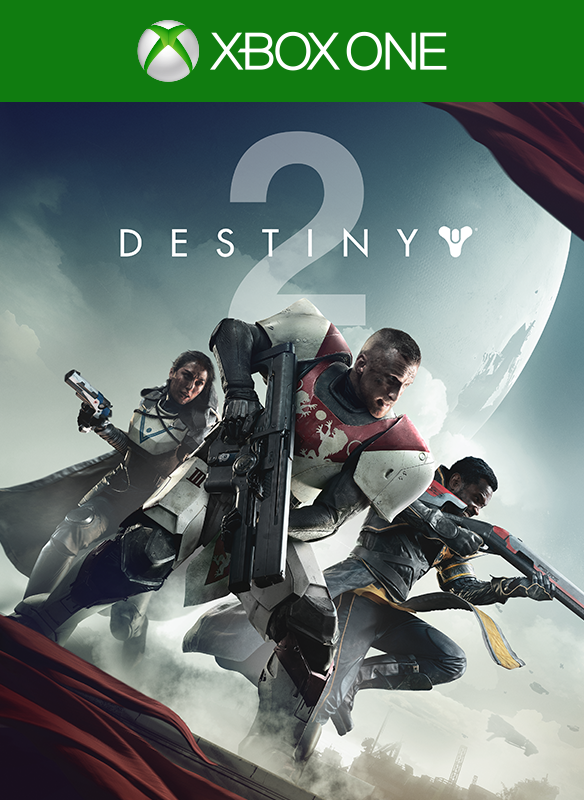
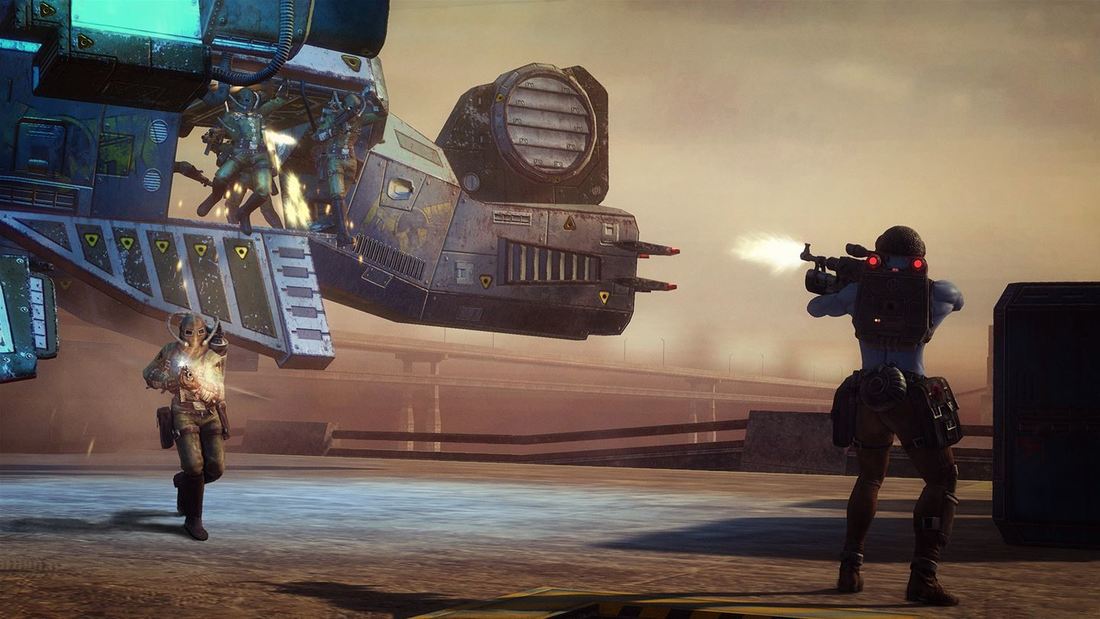
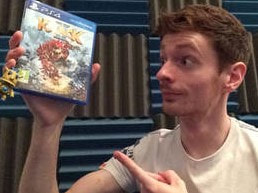

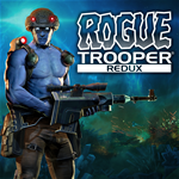
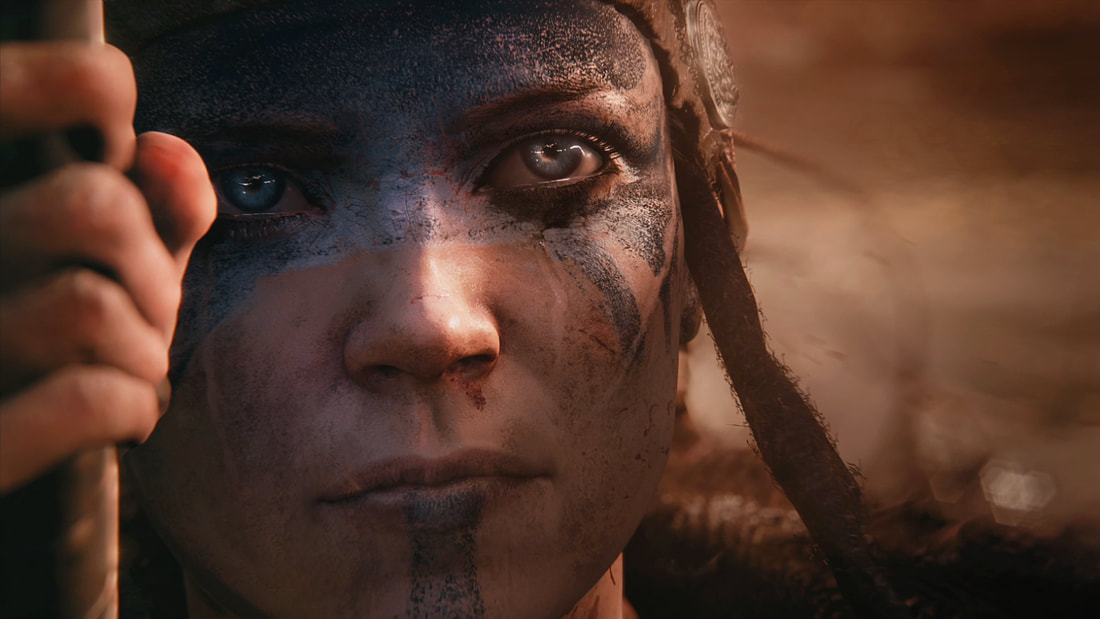


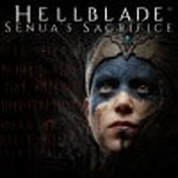
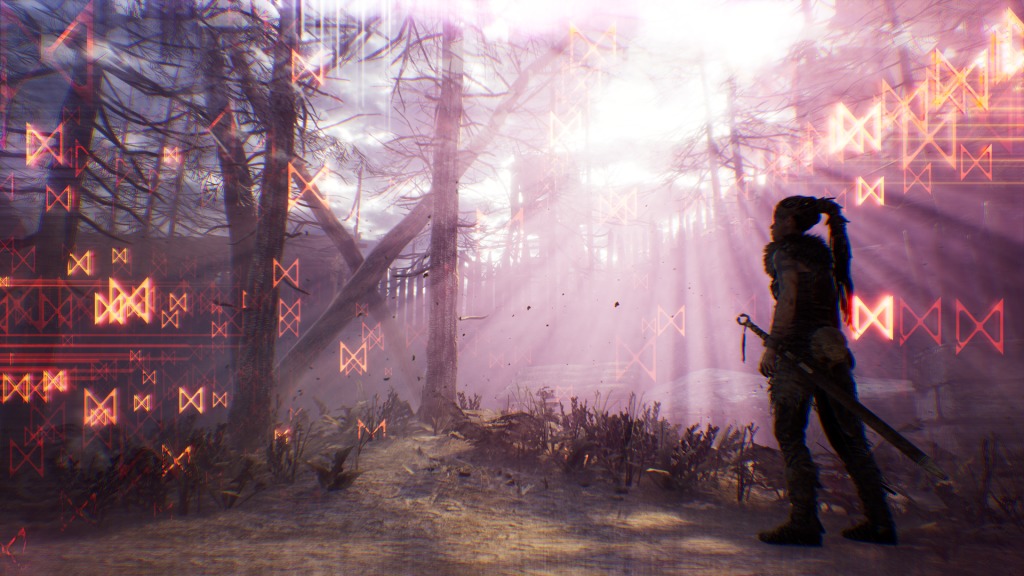
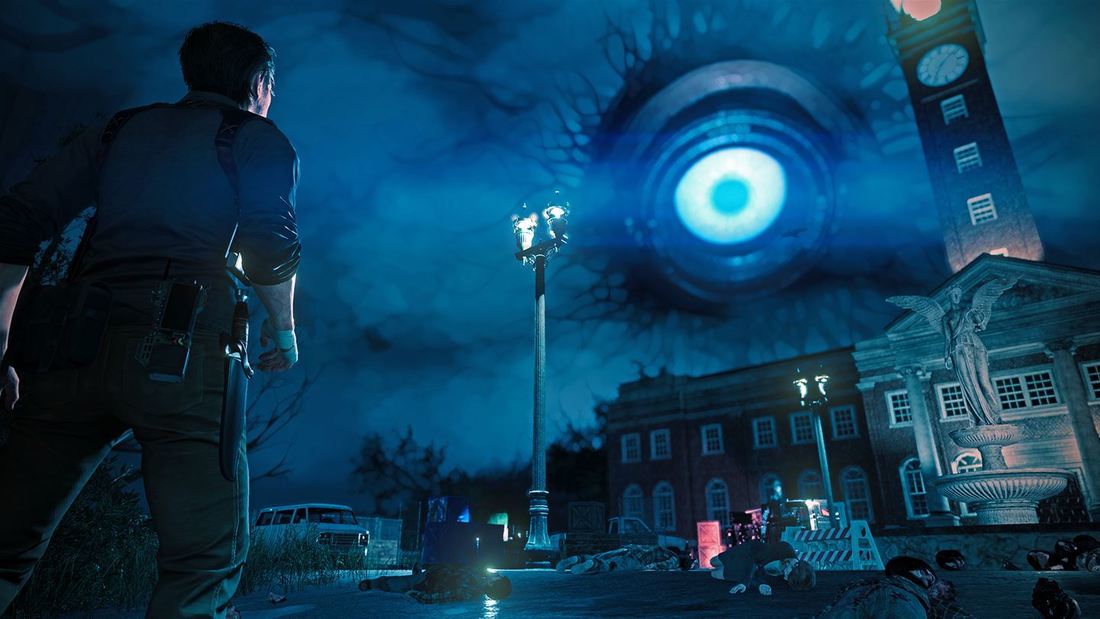
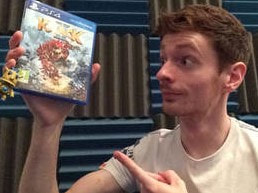

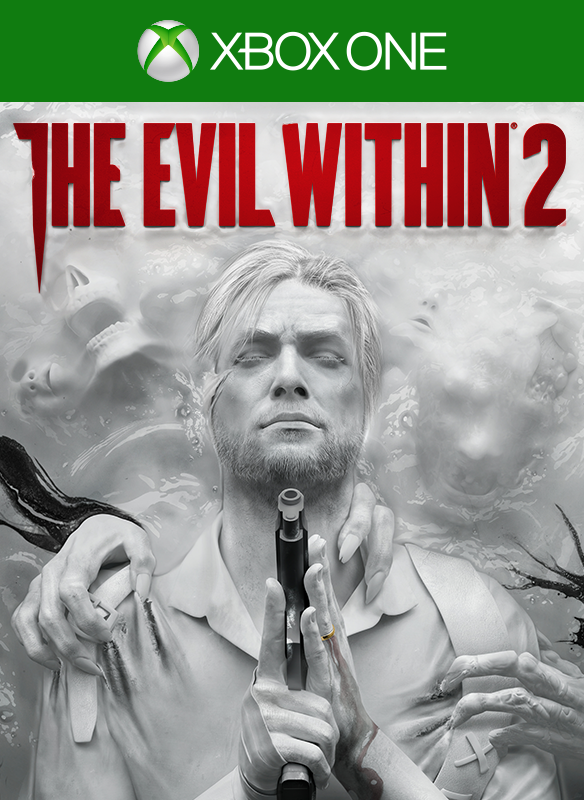
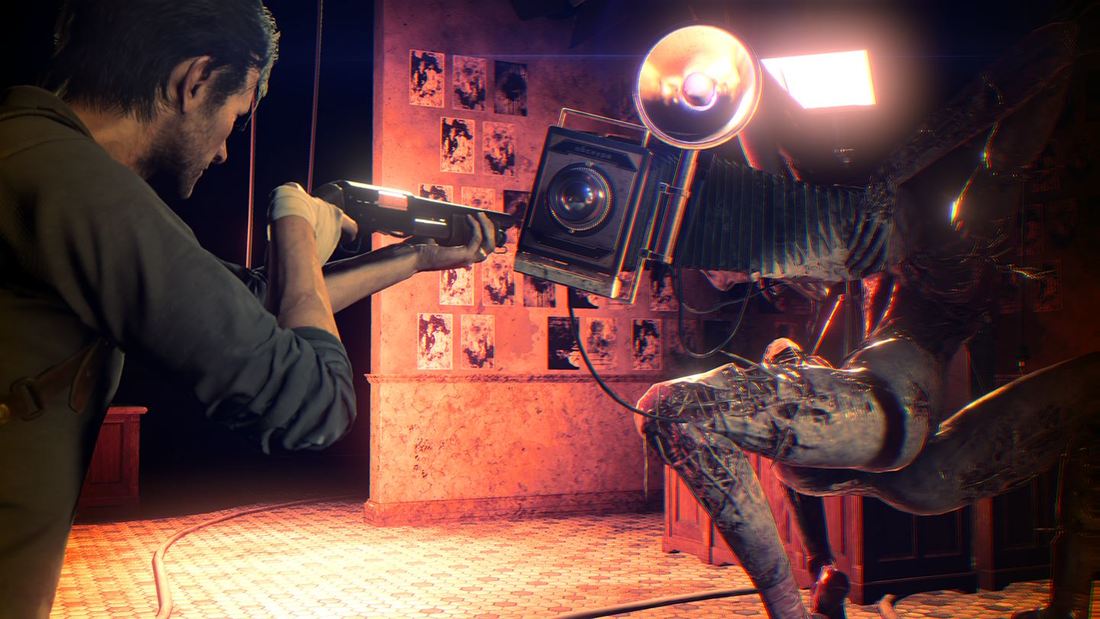
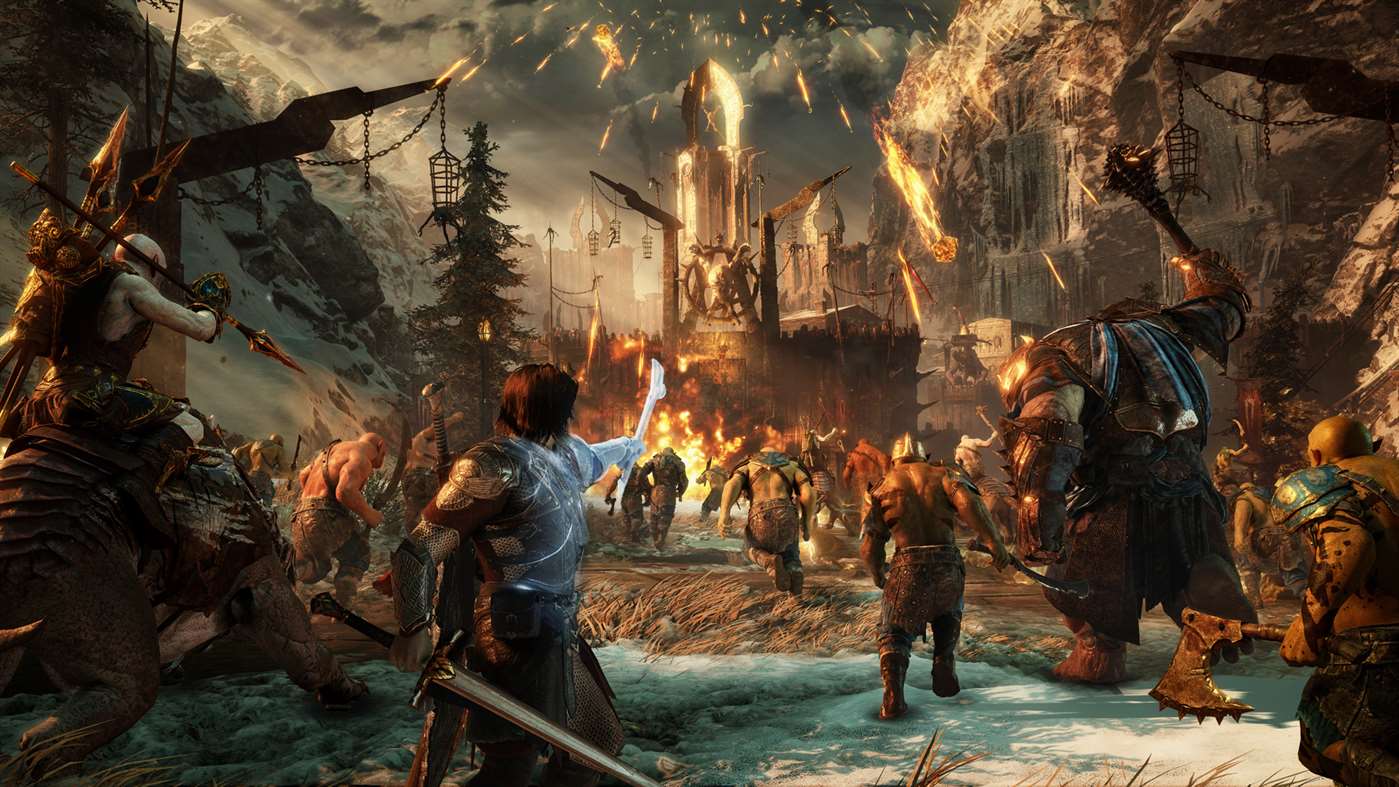


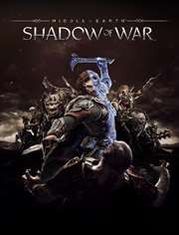
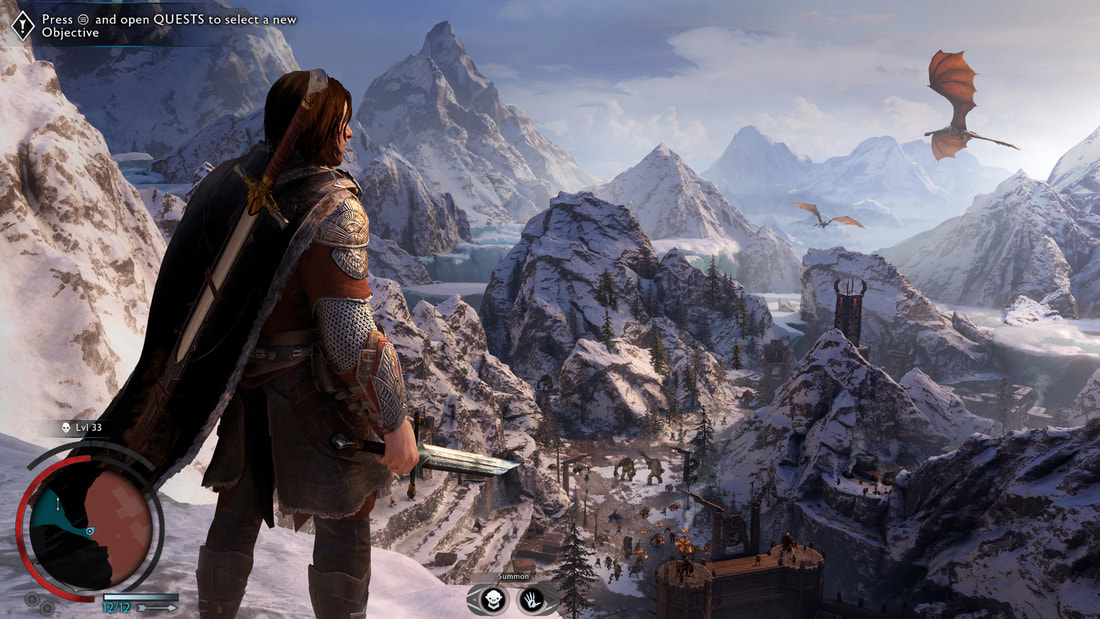
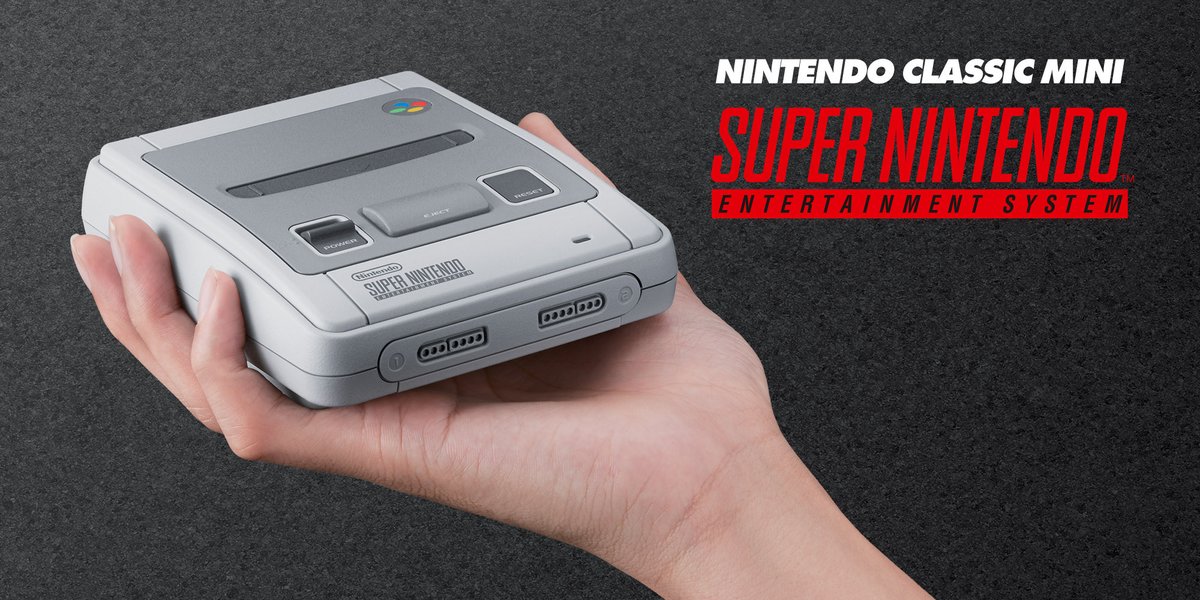


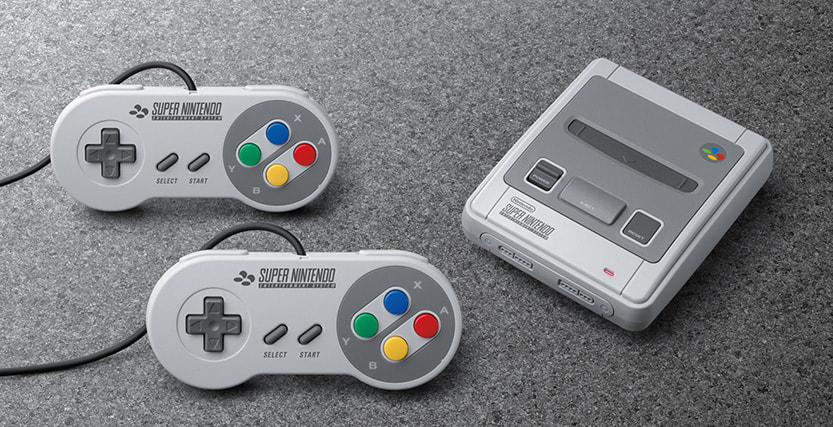
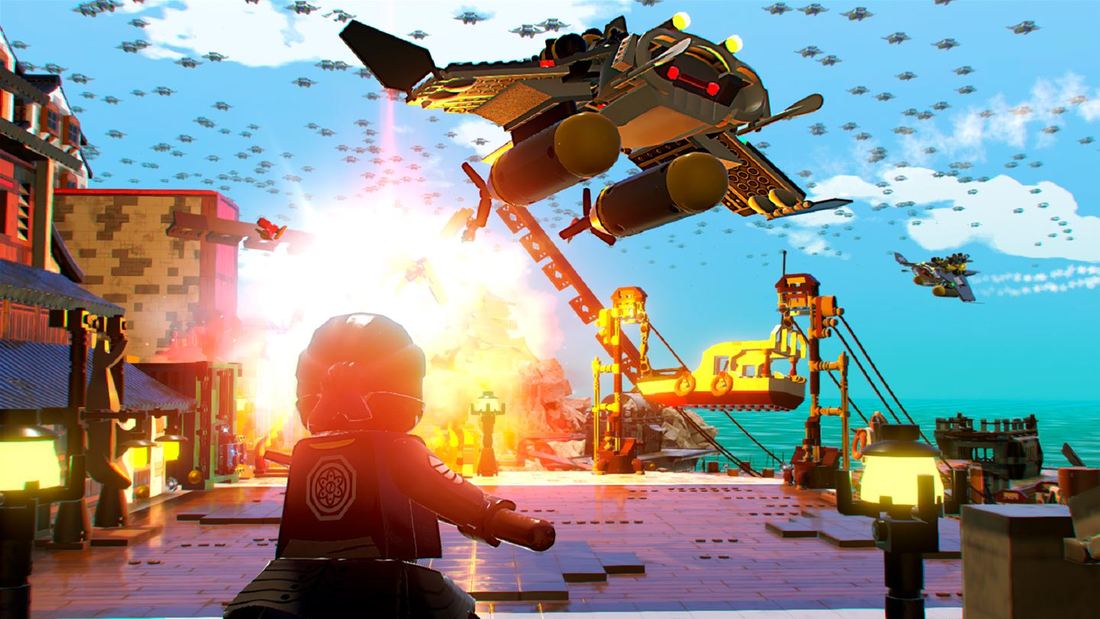
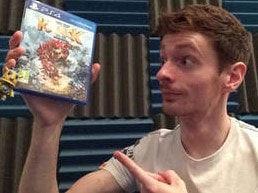

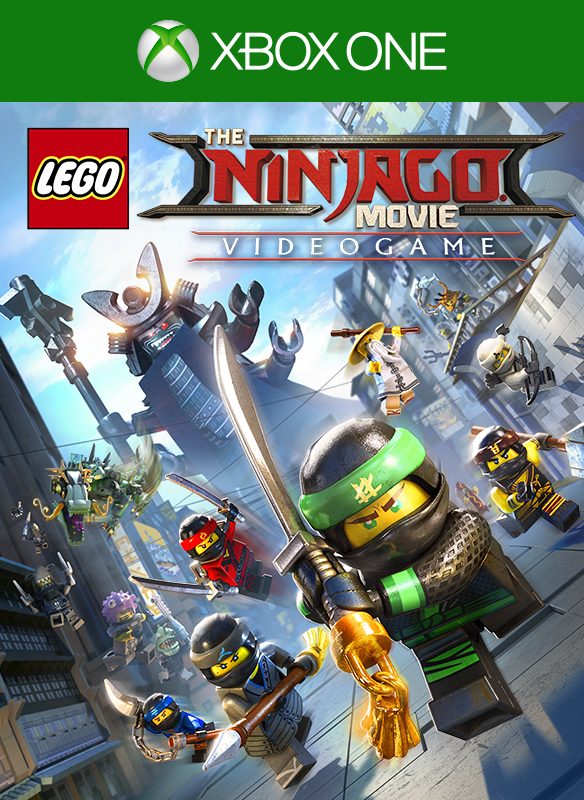
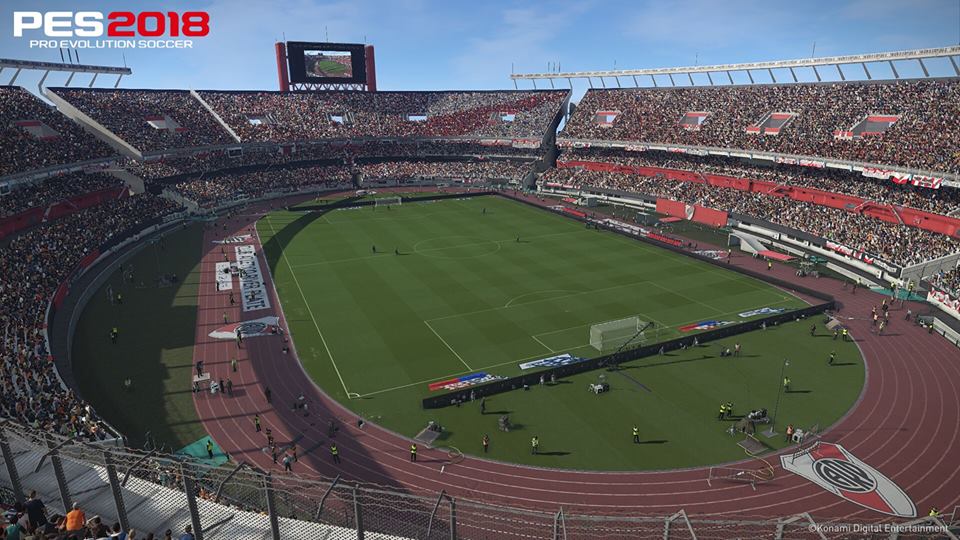



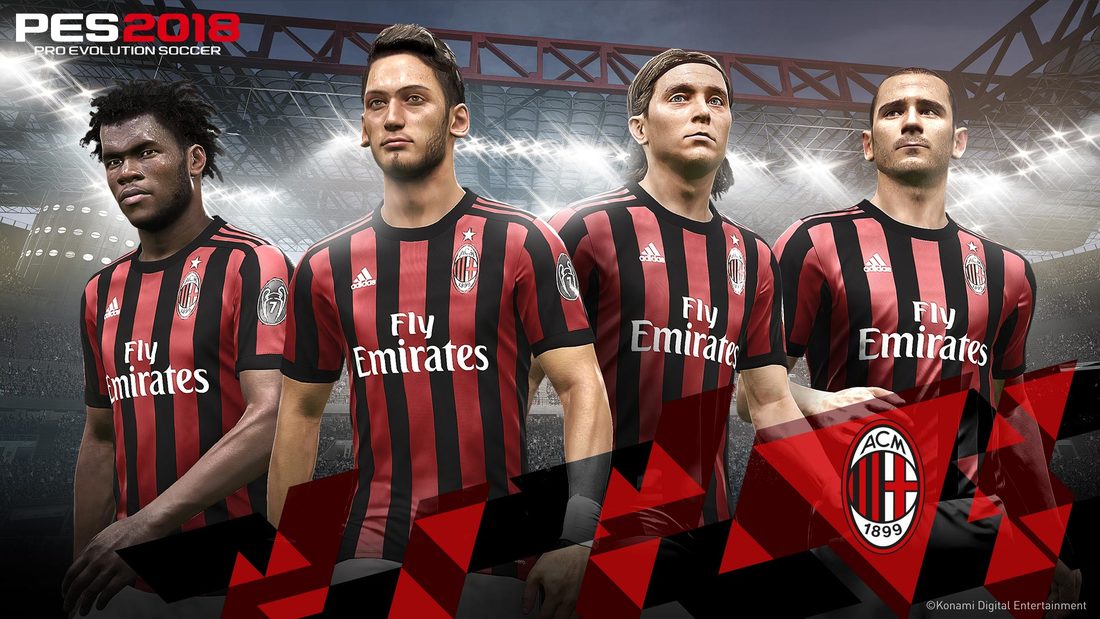
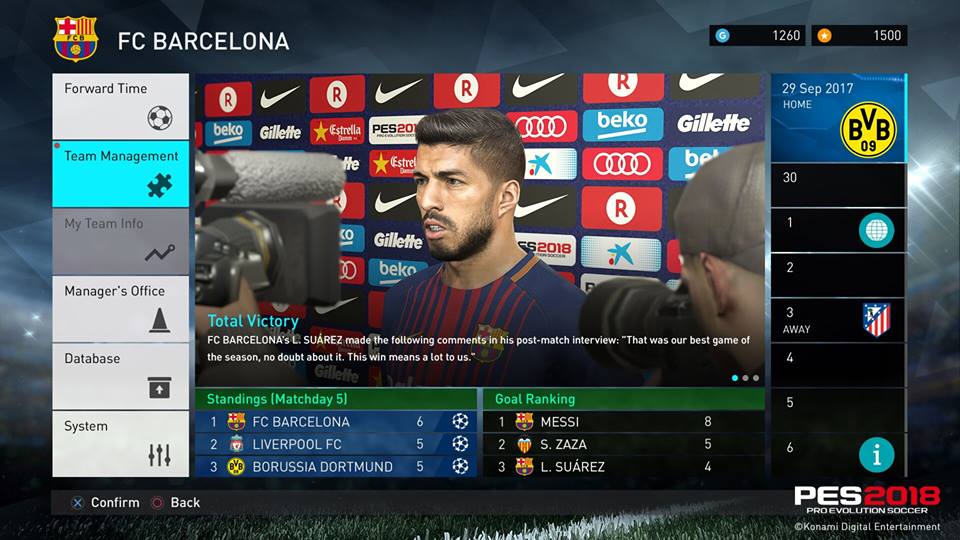
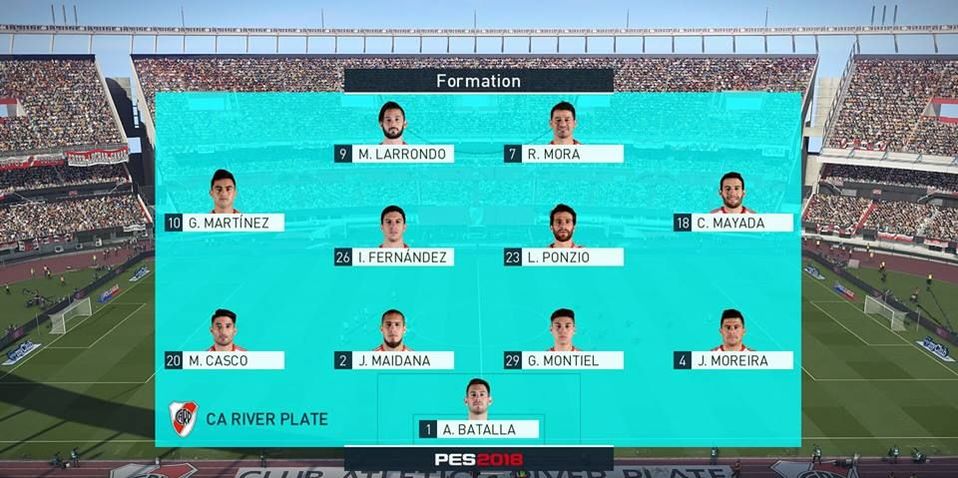
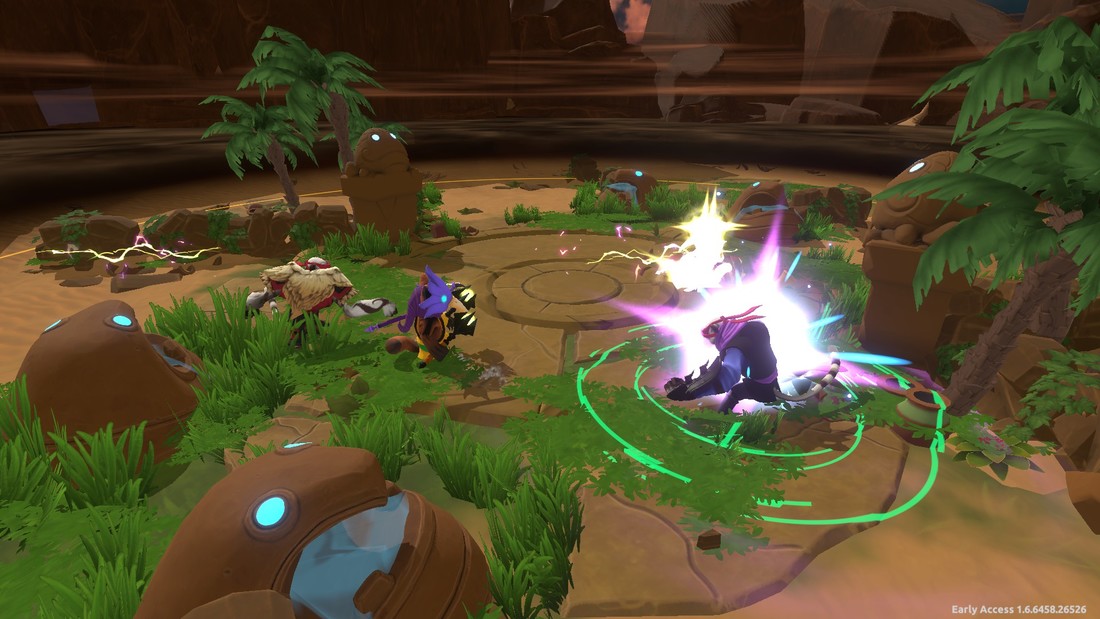
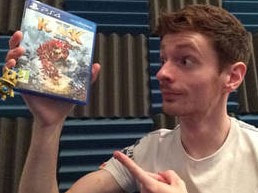

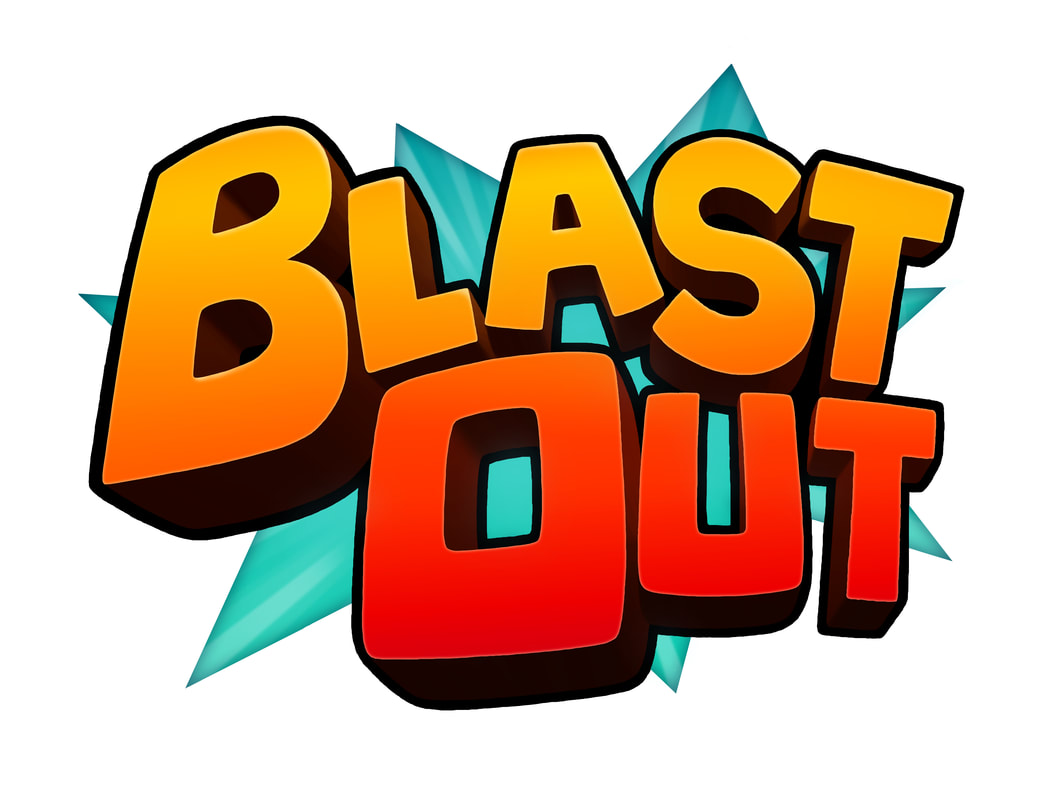

 RSS Feed
RSS Feed